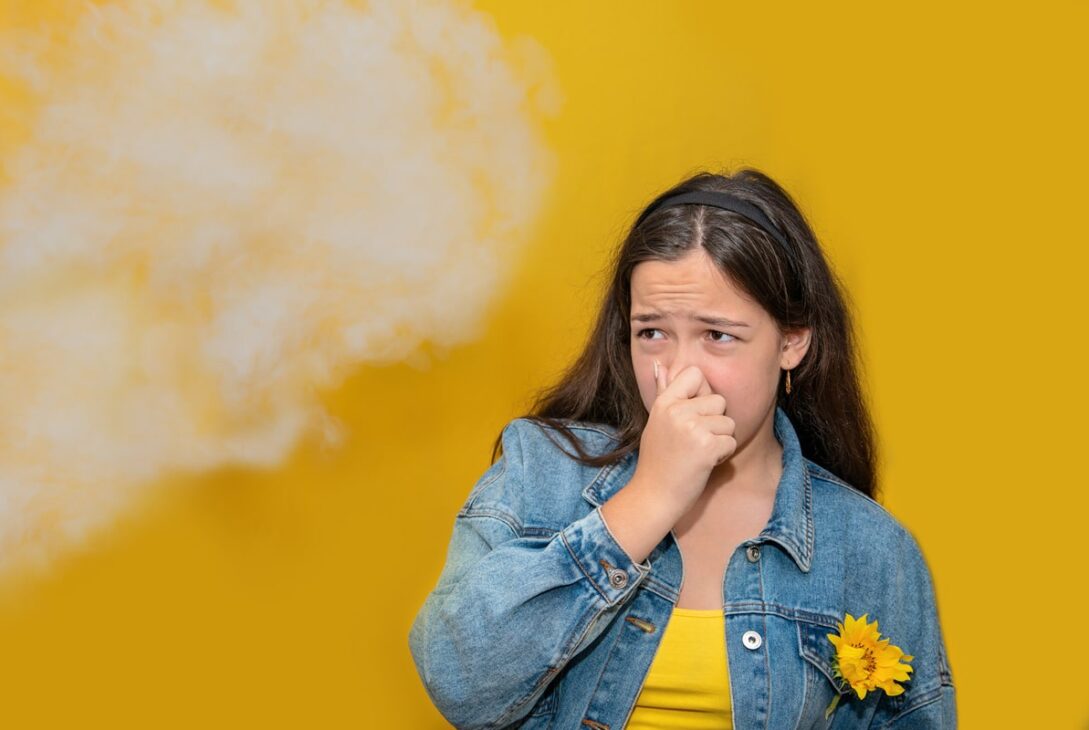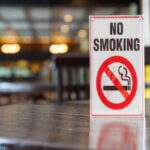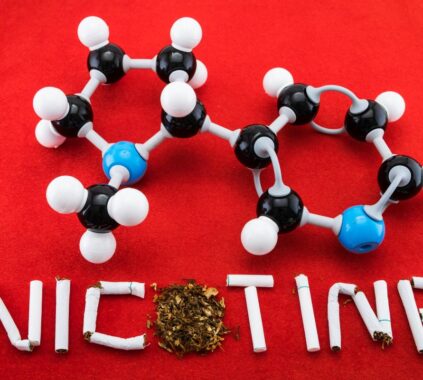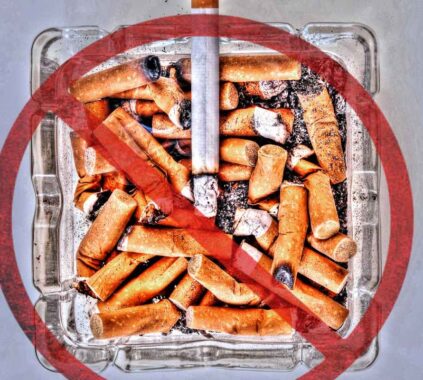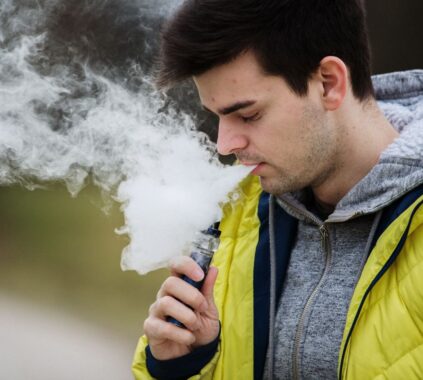Numerous studies have linked smoking to severe illnesses, including lung cancer, heart disease, and respiratory issues. Smoking is a proven risk to public health. On the other hand, passive smoking poses a hidden and frequently ignored threat related to smoking. The involuntary inhalation of tobacco smoke by those who are not smokers but are exposed to the smoke exhaled by smokers is called passive smoking, also known as secondhand smoke or environmental tobacco smoke (ETS). This essay intends to shed light on the problems that passive smoking poses to both adults and children by exposing its hidden perils.
How Common Is Passive Smoking?
It happens more frequently than you might imagine. The World Health Organization (WHO) estimates that 1.2 billion individuals worldwide are exposed to secondhand smoke. This exposure can happen everywhere, including in enclosed automobiles and at work, home, and public locations. People of all ages and backgrounds are affected by passive smoking, which persists despite countless campaigns and awareness-raising initiatives.
Biological Effects of Secondhand Smoke
It is essential to look into secondhand smoke’s chemical makeup to comprehend the risks associated with passive smoking. Over 7,000 compounds comprise secondhand smoke, many of which are hazardous, and roughly 70 can lead to cancer. These toxic substances include formaldehyde, carbon monoxide, nicotine, and countless other carcinogens. Nonsmokers unknowingly inhale these dangerous compounds when exposed to secondhand smoke, endangering their health.
Adults’ Hidden Risks
Heart Disease Risk: Research has revealed that non-smokers are up to 30% more likely to develop heart disease due to passive smoking. The harmful substances in secondhand smoke can cause blood vessels to narrow, blood pressure to rise, and the risk of blood clots to increase, all associated with cardiovascular issues.
Non-smokers exposed to secondhand smoke run an increased risk of developing respiratory conditions, including chronic bronchitis and pneumonia. These situations can significantly harm vulnerable people, such as children and older people.
Cancer risk: Non-smokers exposed to passive smoking have an elevated chance of developing lung cancer. According to studies, non-smokers who live with smokers have a 20–30% higher risk of getting lung cancer than people who do not breathe in secondhand smoke.
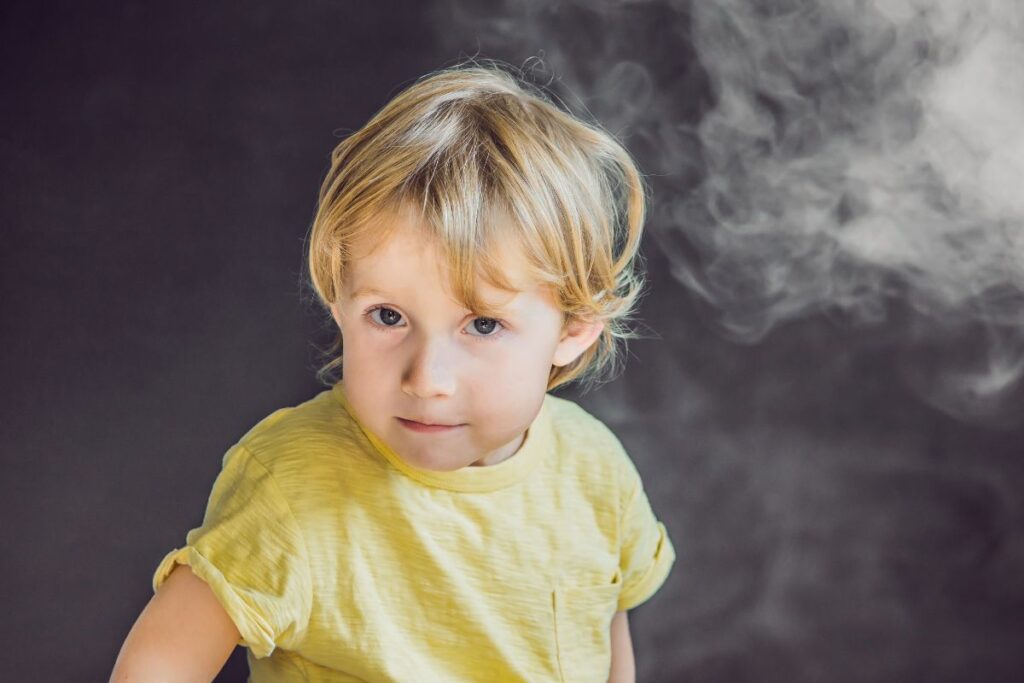
Children’s Hidden Perils
Due to their developing bodies and underdeveloped immune systems, children are especially exposed to the risks associated with passive smoking.
Infants exposed to secondhand smoke have a considerably increased chance of developing sudden infant death syndrome (SIDS). Tobacco smoke contains compounds that can affect an infant’s breathing capacity, resulting in tragic and avoidable deaths.
Children exposed to passive smoking have a higher risk of developing respiratory diseases such as bronchitis, pneumonia, and recurrent ear infections. These ailments may cause students to miss class days and require hospitalization in more severe circumstances.
Passive smoking can significantly negatively impact a child’s lung’s ability to grow and develop. Reduced lung function, an increased risk of respiratory illnesses, and long-term health effects could result from this impairment.
How to Avoid Passive Smoking
It’s critical to take proactive measures to reduce the covert risks of passive smoking:
Make Smoke-Free Environments Available: Encourage and promote the elimination of smoking from homes, businesses, and public areas. Legal restrictions on smoking in enclosed public places have been shown to minimize exposure to secondhand smoke.
Continue public health efforts and awareness-raising projects to inform the public about the dangers of passive smoking. Knowledge is a powerful instrument for influencing behavior.
Support Smoking Cessation: Provide resources, counseling, and access to smoking cessation programs to persuade current smokers to give up. There will be less exposure to secondhand smoke if fewer people actively smoke.
Ensure kids aren’t exposed to secondhand smoke in their homes or cars to protect them. Inform parents and other adults responsible for children about the value of smoke-free surroundings for kids’ health.
Conclusion
Millions of people worldwide are impacted by the hidden threat of passive smoking, which poses significant health concerns for adults and children. Secondhand smoke’s toxic and carcinogenic chemical concoction can cause heart disease, respiratory issues, and cancer. Children are especially susceptible to these risks due to their developing bodies.
Governments, communities, and people must all take action to lessen exposure to passive smoking. This effort’s crucial components include smoke-free spaces, educational programs, and assistance with quitting. By exposing the covert risks of passive smoking and working together to solve them, we can safeguard the health and well-being of non-smokers and create a healthier, smoke-free future for everyone.
Last modified: September 22, 2023

